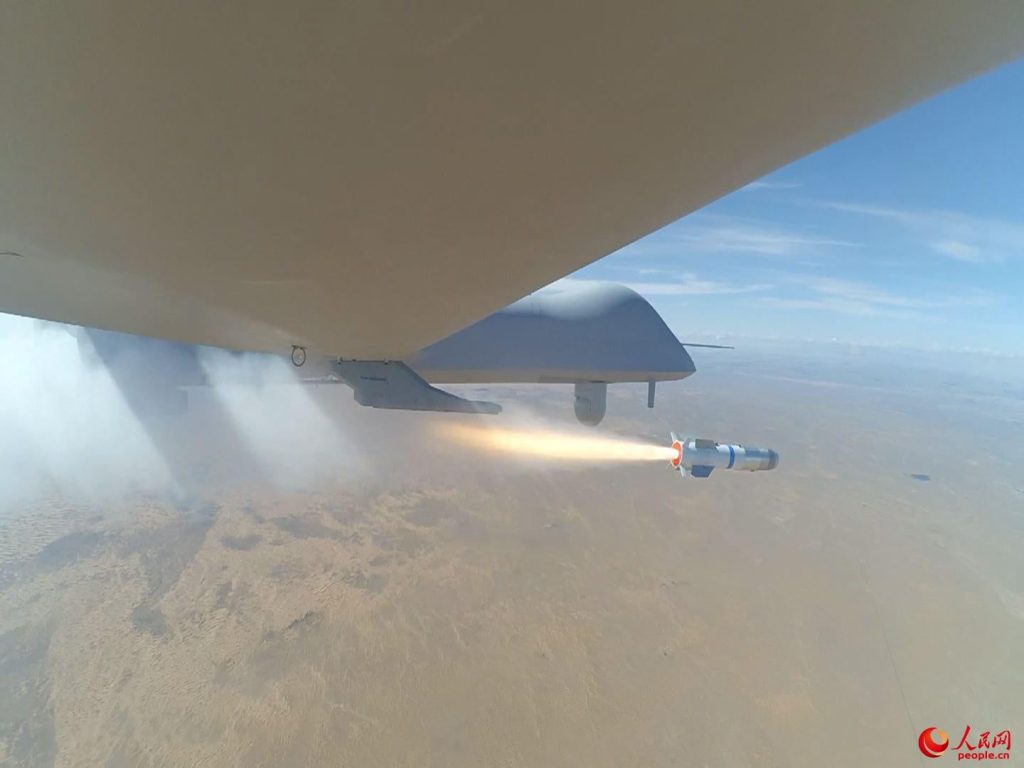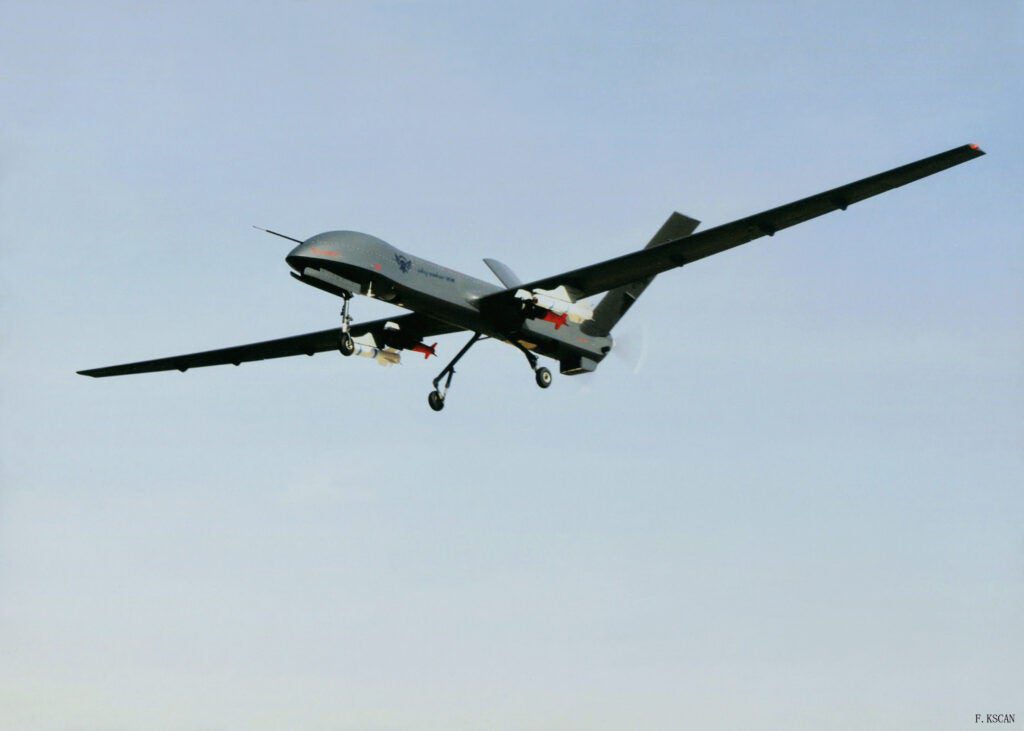
CH-4
Chinese drones such as the CH-3 and CH-4 have become a key part of the proliferation of the technology, joining China’s air force as well as being sold to a wide range of foreign partners, from Myanmar to Saudi Arabia. They have even recently used in battlefields that range from Nigeria to Iraq. However, some have argued that the significance of these systems is overblown, as unlike their satellite link-equipped American counterparts, Chinese-made armed drones could not truly conduct what is known as a “remote split operation.” In these operations, the ground controllers are located at great distances from the drone, linked by satellite. Up to this point, Chinese-made drones relied on direct line-of-sight communications with their ground control station, which dramatically limits their range to within a few hundred kilometers of their base.
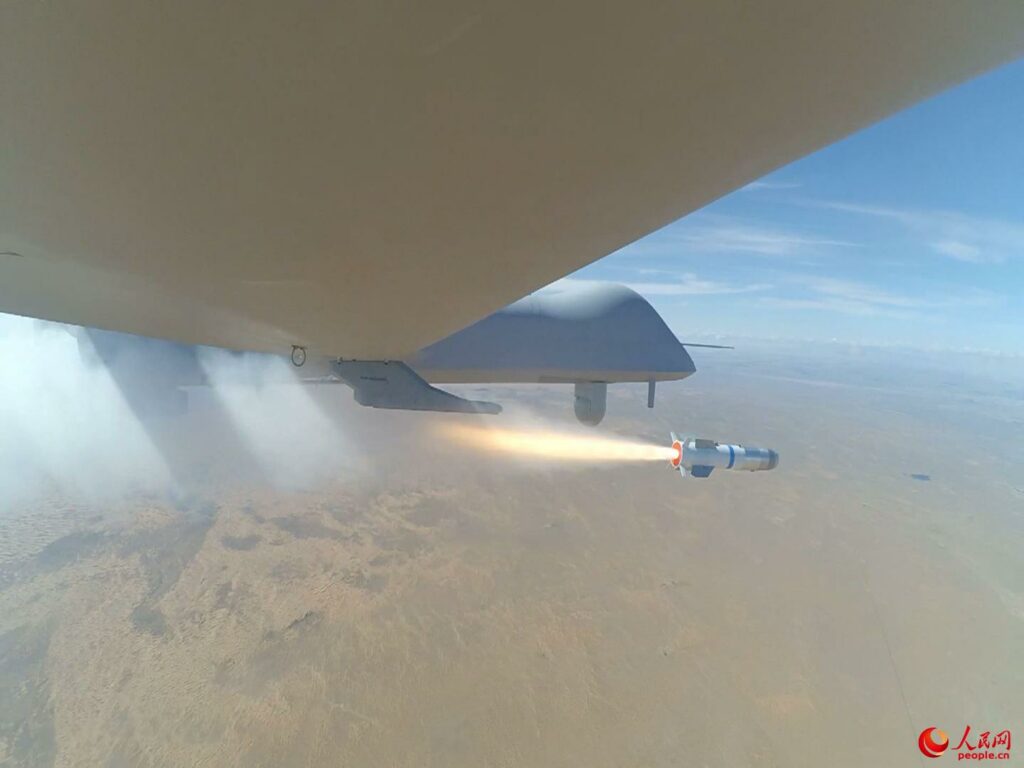
Launch from the Other Side of the World
All that is changing, as yet again China has shown off its ability to push forward with technology. The official Xinhua News Agency reported that China has conducted live fire tests with two CH-4 UAVs.
The CH-4 itself, already purchased by Egypt, Iraq and Saudi Arabia, is a 1300kg UAV with a 345 kg payload and a 35 hour flight endurance at 4,000m altitude, comparable to the US MQ-9 Reaper. In the test, the drones fired their missiles on command from pilots over 1,000km away. This proof of concept, along with China’s constellation of communications satellites, means that Chinese pilots on Chinese soil could fire missiles from a drone anywhere in the world, much as US pilots are able to control a drone over Afghanistan from a base in Nevada. And similar to US offerings of the capability to close allies like the UK, Italy, and UAE, the same capability could be provided to Chinese allies and operators of its drones.
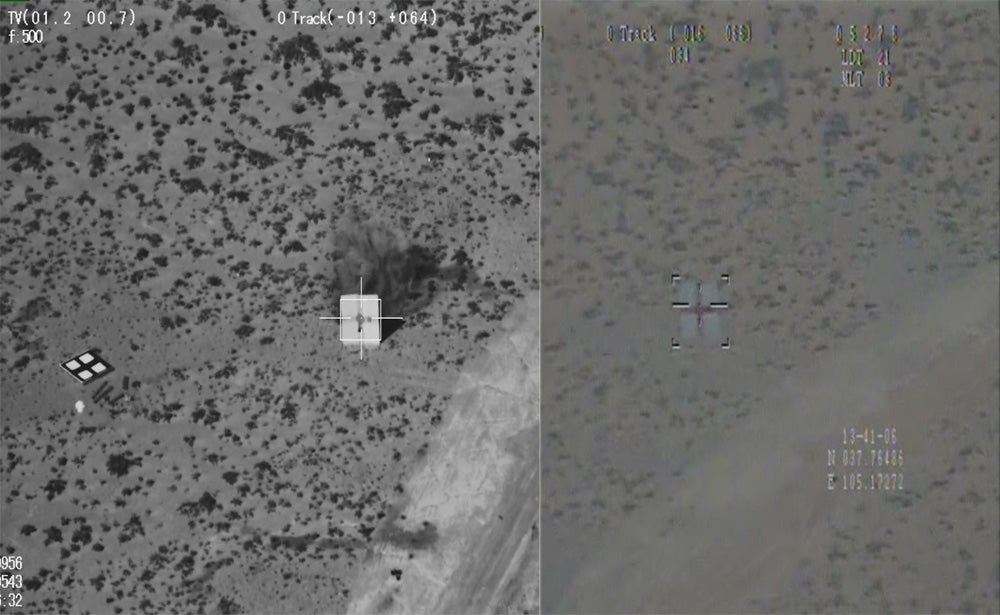
Drone Eye
Also of note, one of the drones in the satellite-controlled firing test is a CH-4 UCAV with a new electro-optical sensor turret. Its new turret has a 1080p digital camera capable of finding a man-sized target 20km away and inertial guidance in case of degraded satellite navigation signals.
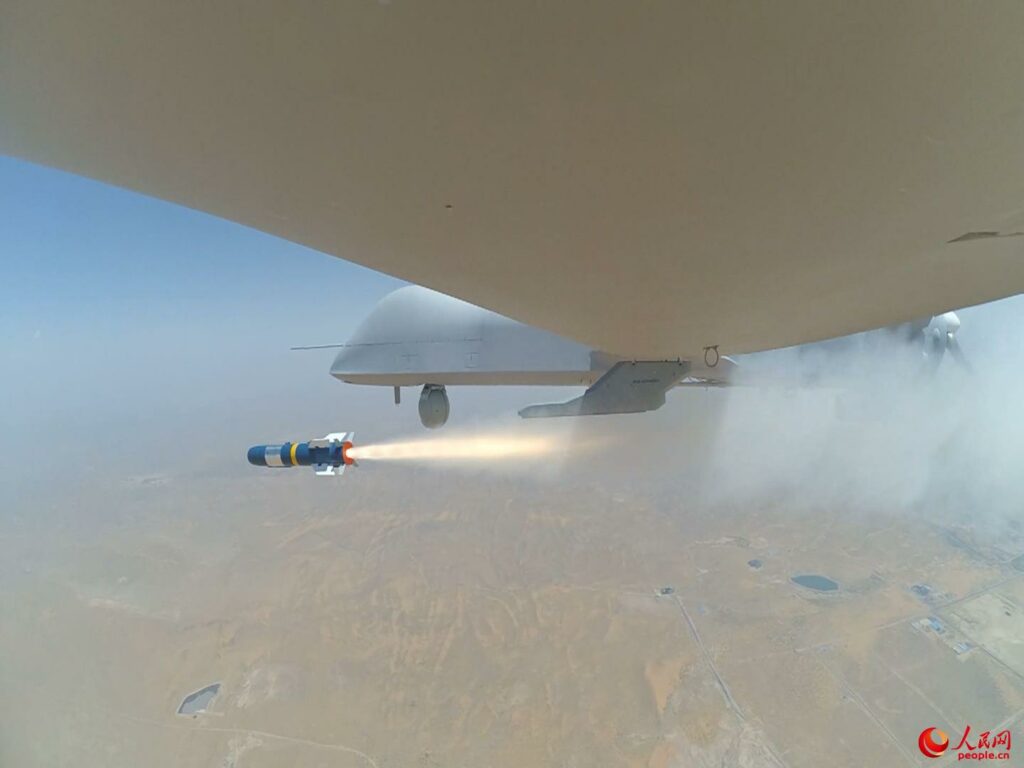
The Future
This new capacity is significant beyond the story of drone proliferation. Much as with US operations in the Middle East, Chinese expeditionary forces, such as those on UN peacekeeping, could be provided with UAV ISR and fire support without having to shoulder the heavy logistical footprint of operating a local UAV control station. Satellite control of UAVs also extends their reach in operations in the vast distances of Pacific, allowing the systems to track and strike targets thousands of miles away from local airbases. Finally, Chinese confidence in the security of satellite links to control the distant operation of drone weapons indicates a growing confidence in using Chinese communications satellites to support other defense activities, such as mid-flight corrections to anti-ship missiles and special operations. A growing Chinese reliance on space-based communications for future military operations, in turn, might ramp up the brewing space race between the US and China.
Thanks to hmmwv at China Defense Forum.
You may also be interested in:
Iraq’s New Chinese Drone Draws First Blood
For Sale: The Next Generation of Chinese War Robots
China Debuts Anbot, the Police Robot
China Has a New Armed Drone Helicopter
Pterodactyl Drones in Chinese Air Force Service
China’s New Trio of Urban Combat Robots
China Shows Off its Growing Drone Fleet
Did a Chinese Made Drone Just Crash in Nigeria?





